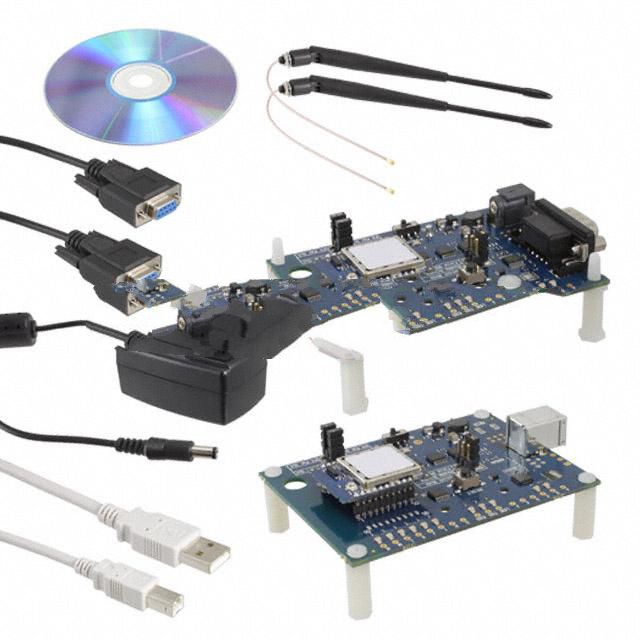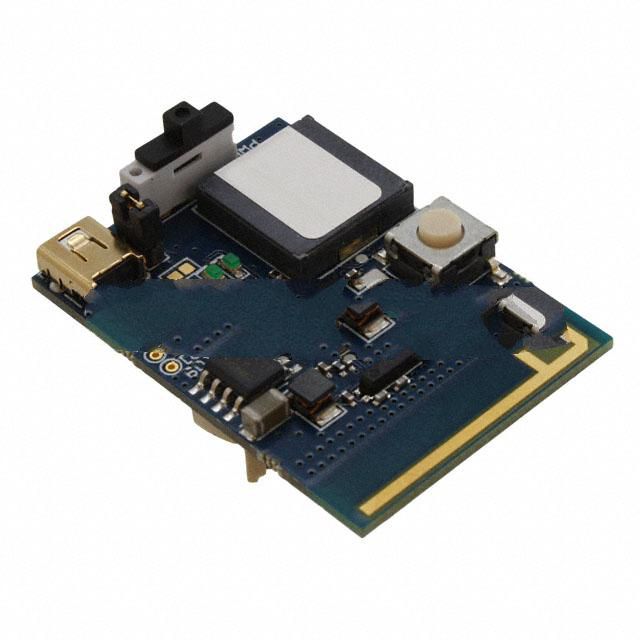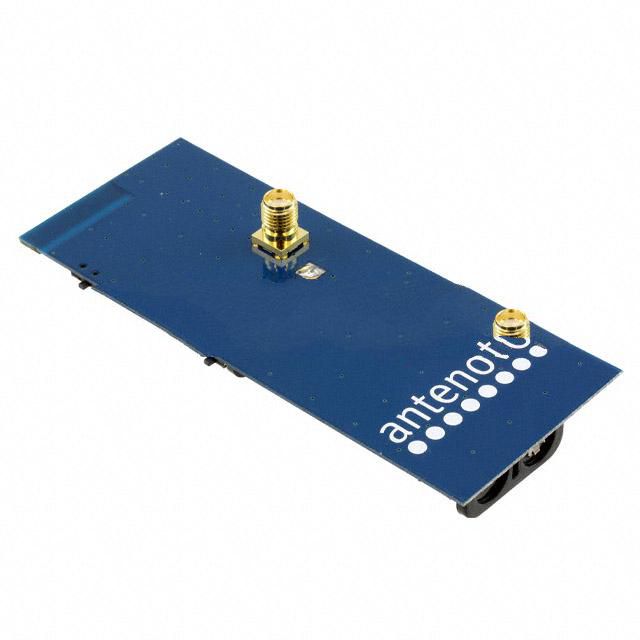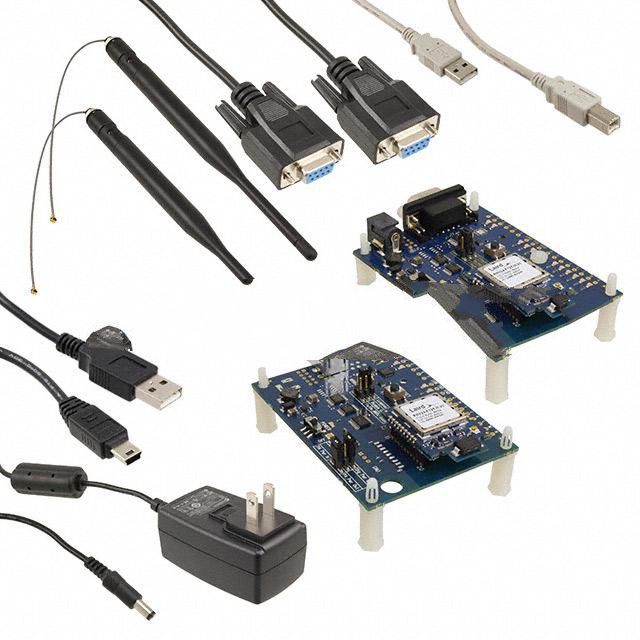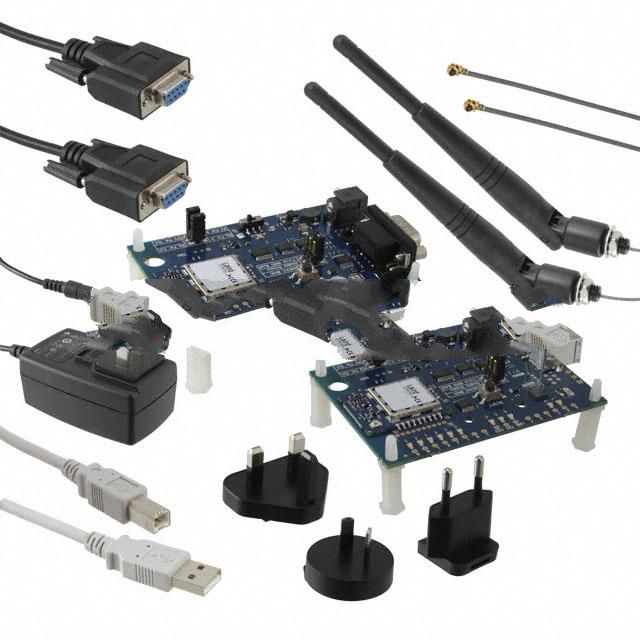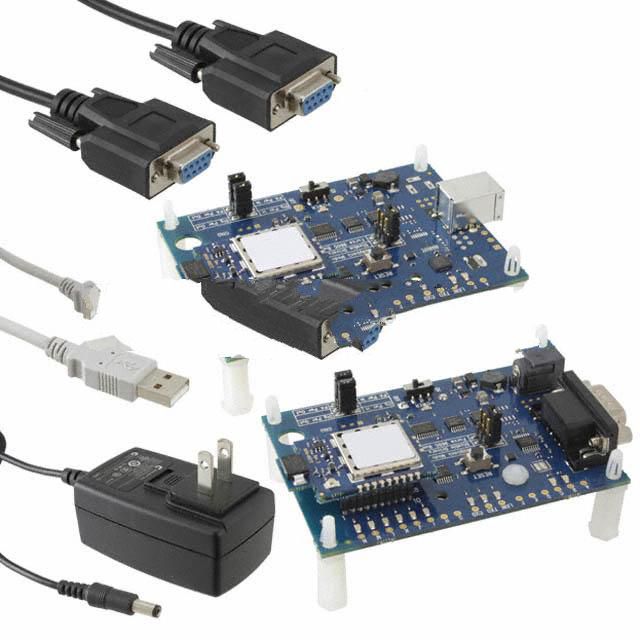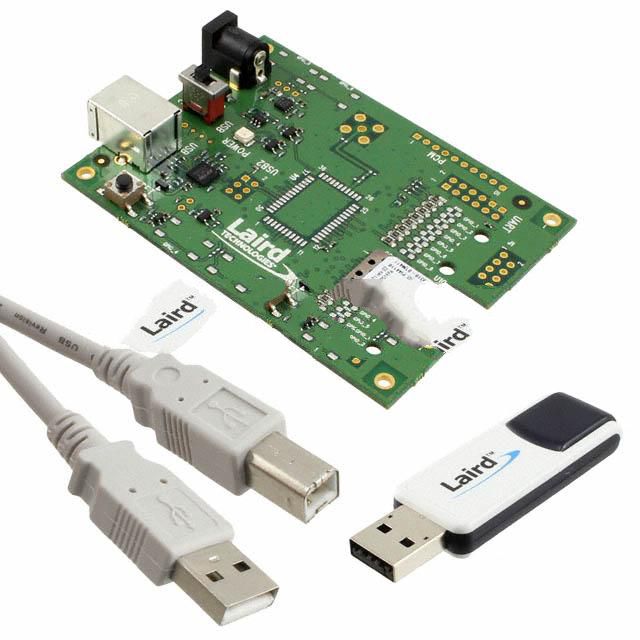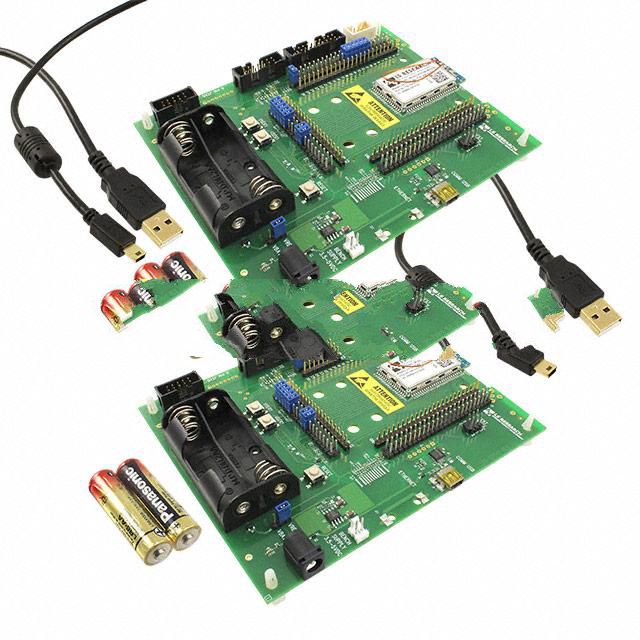DVK-PRM231 Product Introduction:
Laird Connectivity Inc. Part Number DVK-PRM231(RF Evaluation and Development Kits, Boards), developed and manufactured by Laird Connectivity Inc., distributed globally by Jinftry. We distribute various electronic components from world-renowned brands and provide one-stop services, making us a trusted global electronic component distributor.
DVK-PRM231 is one of the part numbers distributed by Jinftry, and you can learn about its specifications/configurations, package/case, Datasheet, and other information here. Electronic components are affected by supply and demand, and prices fluctuate frequently. If you have a demand, please do not hesitate to send us an RFQ or email us immediately sales@jinftry.com Please inquire about the real-time unit price, Data Code, Lead time, payment terms, and any other information you would like to know. We will do our best to provide you with a quotation and reply as soon as possible.
Introducing the Laird Connectivity Inc. DVK-PRM231, a cutting-edge development kit designed to revolutionize wireless communication. This advanced kit is equipped with the PRM231 module, offering unparalleled performance and reliability for a wide range of applications.
The DVK-PRM231 boasts an impressive array of features, making it the ideal choice for developers and engineers. With its compact size and low power consumption, it can be seamlessly integrated into various devices and systems. The module supports multiple wireless protocols, including Bluetooth Low Energy (BLE) and Thread, ensuring compatibility with a diverse range of devices.
One of the standout features of the DVK-PRM231 is its exceptional range, allowing for long-distance communication even in challenging environments. This makes it perfect for applications such as industrial automation, smart home systems, and asset tracking. Additionally, the module supports over-the-air firmware updates, enabling easy maintenance and future-proofing.
The DVK-PRM231 development kit also includes a comprehensive software package, providing developers with the tools they need to streamline their development process. With its user-friendly interface and extensive documentation, the kit allows for quick and efficient prototyping.
In summary, the Laird Connectivity Inc. DVK-PRM231 is a game-changing development kit that offers unmatched performance and versatility. Whether you're working on industrial automation or smart home systems, this kit is the perfect solution for all your wireless communication needs.
RF Evaluation and Development Kits, Boards are specialized tools designed for the design, testing, and evaluation of radio frequency (RF) integrated circuits. This kit/board integrates a complete RF subsystem, including RF front-end, signal processor, power management unit, necessary interface circuits, as well as necessary testing points and debugging tools. It allows engineers to quickly build and validate the performance of RF circuits in the early stages of development, including key parameters such as gain, noise figure, linearity, frequency response, etc. The RF evaluation and development kit typically adopts a modular design, making it easy for users to configure and expand according to specific needs. It also provides rich development documentation and example code to help users accelerate the development process. In addition, the kit also supports multiple communication protocols and standards, such as GSM, LTE, Wi Fi, Bluetooth, etc., providing comprehensive support for the development of wireless communication devices.
Application
RF Evaluation and Development Kits, Boards are widely used in RF circuit design, testing and evaluation in wireless communication, Internet of Things, automotive electronics, aerospace and other fields. In the field of wireless communication, it has become an indispensable tool in the research and development of communication devices such as mobile phones, base stations, and wireless sensors, helping engineers quickly verify the performance of RF modules and optimize design solutions. In the field of IoT, RF evaluation and development kits and boards support various IoT communication protocols such as Low Power Wide Area Network (LPWAN), Zigbee, LoRa, etc., providing strong support for the research and development of IoT devices. In addition, in the field of automotive electronics, with the rapid development of autonomous driving and vehicle networking technology, RF evaluation and development kits and boards are widely used in the research and development of key components such as automotive radar and in vehicle communication systems. The aerospace industry has stricter requirements for RF technology, and the RF evaluation and development kit and board's high precision, reliability, and scalability make it the preferred tool for RF circuit design and verification in this field.
FAQ about RF Evaluation and Development Kits, Boards
-
1. What does an RFIC usually consist of?
Radio frequency integrated circuits (RFICs) usually consist of the following components:
Antenna: responsible for signal transmission and reception, completing the conversion of conducted RF signals to electromagnetic waves in space .
Filter: responsible for signal filtering, usually a bandpass filter, allowing only the required signals to be transmitted or received, filtering out useless signals and interference.
Low noise amplifier (LNA): used to amplify weak received signals and reduce noise interference on the signal.
Power amplifier (PA): Amplifies the small signal in the transmission path to a certain power level to ensure long-distance wireless transmission.
Modulator: Used for signal modulation, usually "up-conversion", to load information onto the RF carrier.
Demodulator: Decodes the received signal and recovers the original signal from the RF carrier.
Application areas of RF integrated circuits:
Wireless communication: Used in mobile phones, wireless walkie-talkies, Bluetooth devices, and Wi-Fi terminals, etc., responsible for modulating, demodulating, and amplifying signals.
GPS: Used in GPS receivers to process GPS signals and realize positioning functions.
Radio frequency identification (RFID): Used in RFID tags and readers to achieve contactless identification and data transmission.
Television and broadcasting: Used in television receiving equipment, digital TV tuners and broadcasting to process RF signals.
Radar systems: Used for signal processing and target detection in weather radars, military radars, and other monitoring systems.
Internet of Things (IoT) devices: Act as wireless communication modules in devices such as smart home controllers and remote sensors.
Medical devices: Some medical devices such as remote monitoring devices and implantable medical devices also use RFIC for data transmission.
Automotive electronics: used in vehicle communication systems, such as vehicle wireless communication, vehicle positioning and smart key systems.
RF integrated circuits play a vital role in modern electronic products and systems with their miniaturization, low power consumption and high integration.
-
2. What is a development board?
Embedded system development circuit board
A development board (demoboard) is a circuit board used for embedded system development. It includes a series of hardware components such as a central processing unit, memory, input devices, output devices, data paths/buses, and external resource interfaces. Development boards are generally customized by embedded system developers according to development requirements, or they can be designed by users themselves.
Basic components of development boards
The main components of development boards include:
Central processing unit: responsible for processing and executing instructions.
Memory: used to store programs and data.
Input devices: such as keyboards, touch screens, etc., used to receive user input.
Output devices: such as displays, speakers, etc., used to output information.
Data paths/buses: responsible for data transmission.
External resource interfaces: used to connect external devices.
-
3. What does a development kit do?
Development kits have many functions in software development, mainly including the following aspects:
Simplify the development process: Development kits usually integrate many interfaces such as simulation, input and output, USB, LCD, network, etc., connect to the computer through the USB interface, and have functions such as high-speed code download, online debugging, breakpoints, single step, variable observation, register observation, etc., to achieve real-time online simulation and debugging of the microcontroller. This helps beginners and designers to quickly evaluate and develop a variety of applications, and become familiar with hardware principles and protocol stacks.
Provide a comprehensive development environment: For example, Android Studio is a fully integrated open source development environment that provides a Gradle-based management system that provides greater flexibility in the build process. It comes with a fast simulator that can install and run applications on virtual devices faster and simulate different configurations and functions. In addition, Android Studio also provides push notifications, performance monitoring and other functions, and is the official IDE for developing Android applications.
Support multiple devices and platforms: HUAWEI DevEco Studio is an integrated development environment (IDE) built on the open source version of IntelliJ IDEA Community, which provides basic functions such as project management, code editing, interface preview, compilation and construction, and code debugging. It also integrates performance tuning tools, device simulation tools, command line tools, etc. to help developers solve problems in specific areas. DevEco Testing is a test suite officially provided by Hongmeng, which supports a variety of devices such as mobile phones, folding screens, tablets, smart screens, watches, speakers, etc., and provides performance, power consumption, stability, compatibility and other test standards.
Promote IoT development: Niobe WiFi-IoT industry IoT development kit adopts a three-layer assembly structure design, supports OpenHarmony, and integrates multiple security capabilities and functions to connect multiple ecosystems. By providing a variety of functional expansion boards, developers can quickly make IoT product prototypes based on the OpenHarmony solution, shorten the product development cycle, and quickly achieve mass production.
Improve development efficiency: Development kits usually contain multiple related files and resources to simplify the software development, deployment and maintenance process. By organizing and managing source code, binary files, configuration files, and documents, developers can manage and use these resources more efficiently and improve development efficiency.
 Lead free / RoHS Compliant
Lead free / RoHS Compliant















